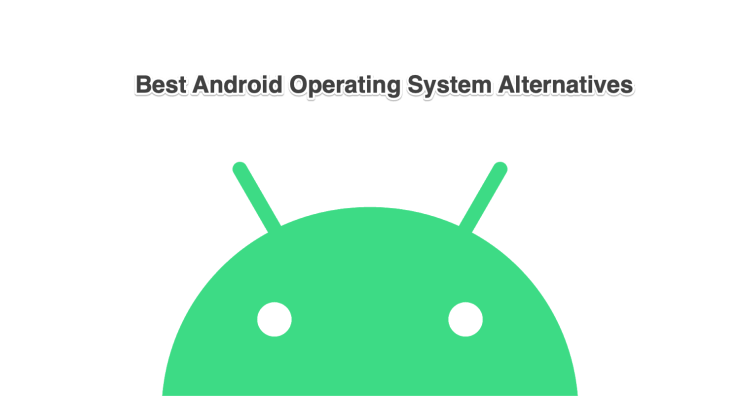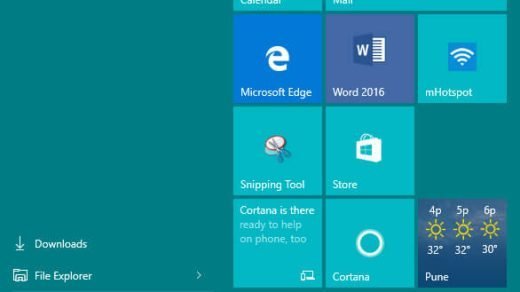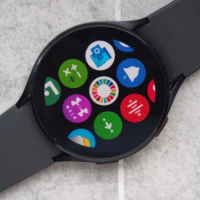Mobile OS is very important when it comes to smooth operation, features, and task-handling capabilities. The Huawei controversy, where Google barred the Chinese giant from some updates to the Android operating system due to a clash between the Trump administration and China, made it very clear that every major smartphone manufacturer must start developing its Android alternative operating systems.
Also, where more than 86% of the mobile OS market is occupied by Google’s Android, smartphone manufacturers need to have their own operating system. Well, where there’s nothing wrong with having a device-tailored OS, as it allows maximum flexibility and control. In this article, we are providing you with the important reasons why we should look for Android alternatives and a list of the best mobile operating systems.
Why We Should Look for Android Alternatives?
In this forever-growing world, where we always look for alternatives, looking for Android alternatives is not a bad thing at all. There are several reasons why we need to look for alternatives. Google, as a major developer of Android, has always been criticized worldwide for not making the operating system secure.
Reports on several tech publications and news platforms also shout that Android is more prone to malware and viruses. Also, the aforementioned Huawei controversy makes us think more about having a mobile OS alternative.
Best Smartphone Operating System
Here are the Best Mobile Operating Systems other than Android OS to Look out for
1. iOS

Apple’s iOS as we all know is competing against Android for eternities. The operating system is offered by another American tech giant “Apple.Inc.” Only used in iPhones, the company won’t ever share its operating system with any other company. The OS is smooth, and secure, and takes the privacy of users very seriously. However, Android and iOS both enjoy a separate user base, and there’s nothing to fight about.
The OS is currently the biggest competitor of Android, and this benefits both, as both of them borrow features from each other making their respective OS feature-rich. iOS has no bloatware, better-quality Apple-exclusive apps, and a full suite of Google apps.
Key features of iOS
- Beautiful UI
- Fast
- Secure
- Privacy-focused
Visit Apple.com
2. Ubuntu Touch
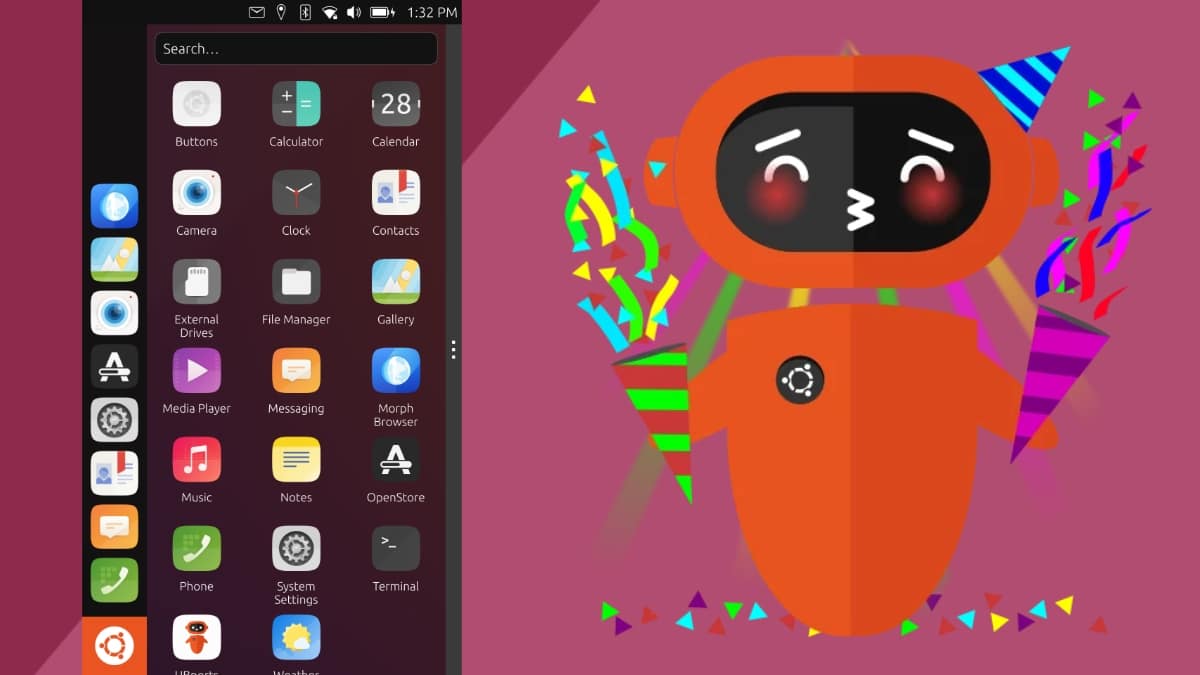
Ubuntu Touch is another very promising contender on this list which is highly optimized for touch-friendly devices like smartphones and tablets. The OS is open-source and can be used by any smartphone manufacturer. Ubuntu Touch can even function as a desktop in desktop mode.
Key features of Ubuntu Touch
- Open-source operating system
- Great UI
- Smooth
- Can function as a desktop
Visit Ubuntu-touch.io
3. LuneOS
LuneOS was created by a group of people who love the old WebOS (a system used by some phones and tablets a while ago), based on the Linux kernel and currently developed by the WebOS Ports community. It is designed to work well with touchscreens. So, you can tap, swipe, and pinch on your screen to use your apps, just like you would on other smartphones. The OS is active with regular updates.
Visit: LuneOS
4. KaiOS
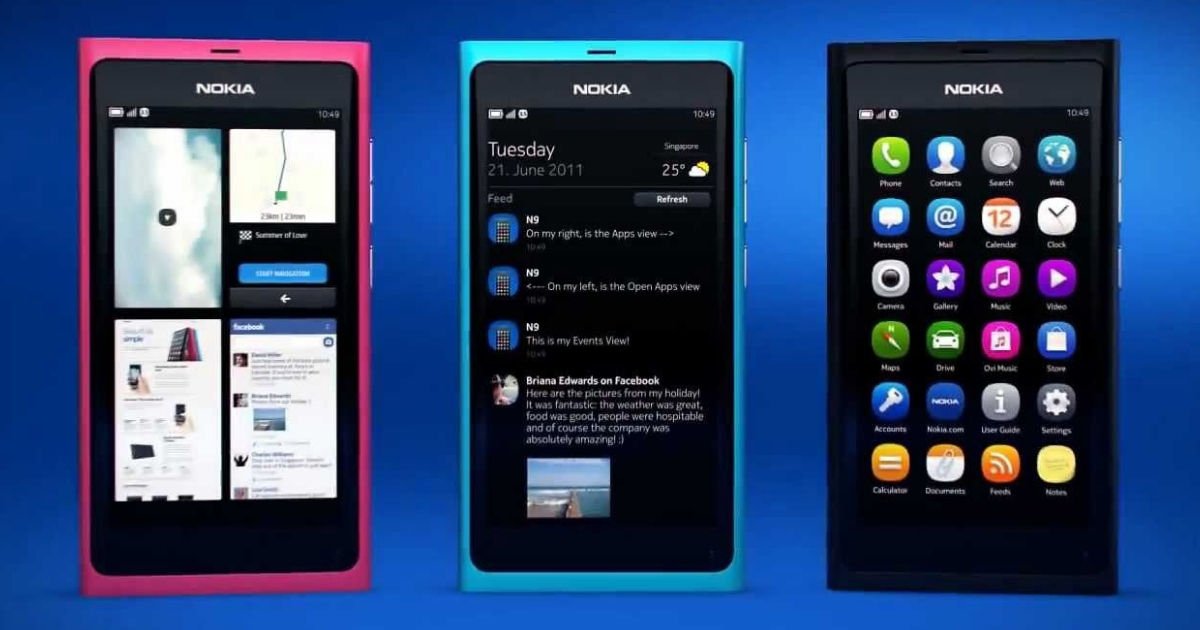
Most of you might not have heard of it, but KaiOS is actually about to become the world’s largest mobile operating system. The OS is designed to run on low-budget phones that possess low-end hardware. Currently, the Reliance Jio phones in India, and Nokia’s Banana phone runs on KaiOS.
We believe, that once the ultra-budget smartphone market is captured by KaiOS, the developers will immediately move towards the Android market, resulting in a strong rivalry with Android.
Key features of KaiOS
- Lightweight
- Receives frequent updates
- Supports web-based applications
- Decent UI
Visit Kaiostech.com
5. Harmony OS by Huawei
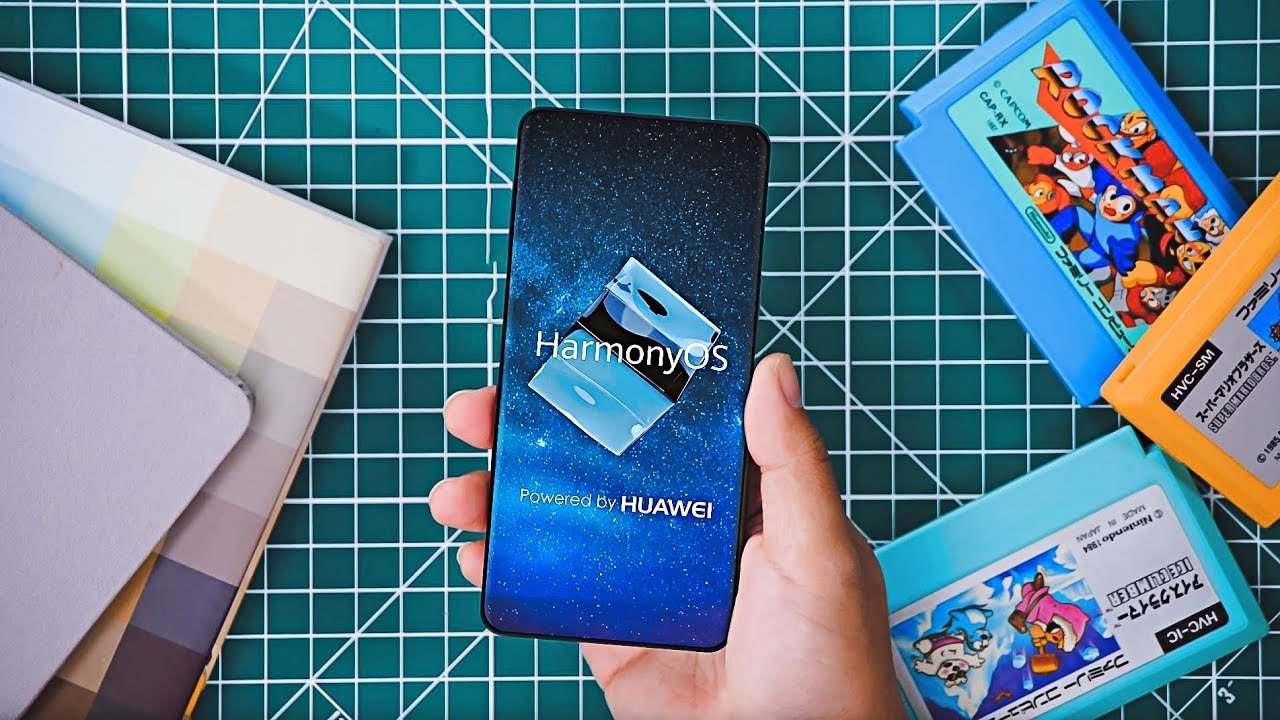
Harmony OS by Huawei could be the most successful Android alternative in history. Just after the ban of Huawei via the US government, speculations were in the air that Huawei will soon be launching its mobile OS. Huawei already produces its own chipsets, and hardware for 5G networks, and also makes its phones.
And there’s no doubt that they’ll excel in the operating system too. Many experts believe that Harmony OS will be based on a microkernel-based distributed operating system, allowing maximum support for Android apps.
Expected key features of Harmony OS:
- Good UI
- Fast
- Lightweight
- Could be used on other devices as well
Visit harmonyos.com
6. Tizen OS
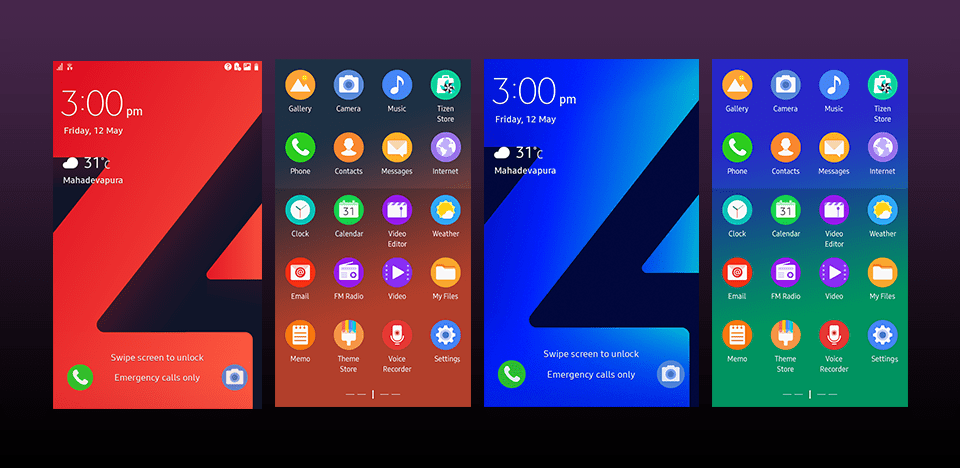
Tizen OS was originally a “Meego,” an operating system developed by Intel. If you can recall, the Meego was an OS that was earlier developed by the joint efforts of Nokia and Intel. But when Intel went to Samsung, they partnered with Samsung to bring the OS back to life with a new name called “Tizen OS.”
However, for many, the OS might look similar to Samsung’s Touch Wiz. But, under the hood, things are a lot different. The OS is an HTML5 OS, allowing easy development of apps. This South Korean giant is serious about making this operating system, a global initiative. Samsung’s flagship Galaxy watches and Gear S4 is already powered by Tizen OS.
Key features of Tizen OS
- Decent UI
- Powerful
- Developed in HTML5
- Supports gestures
Visit tizen.org
7. Sailfish OS
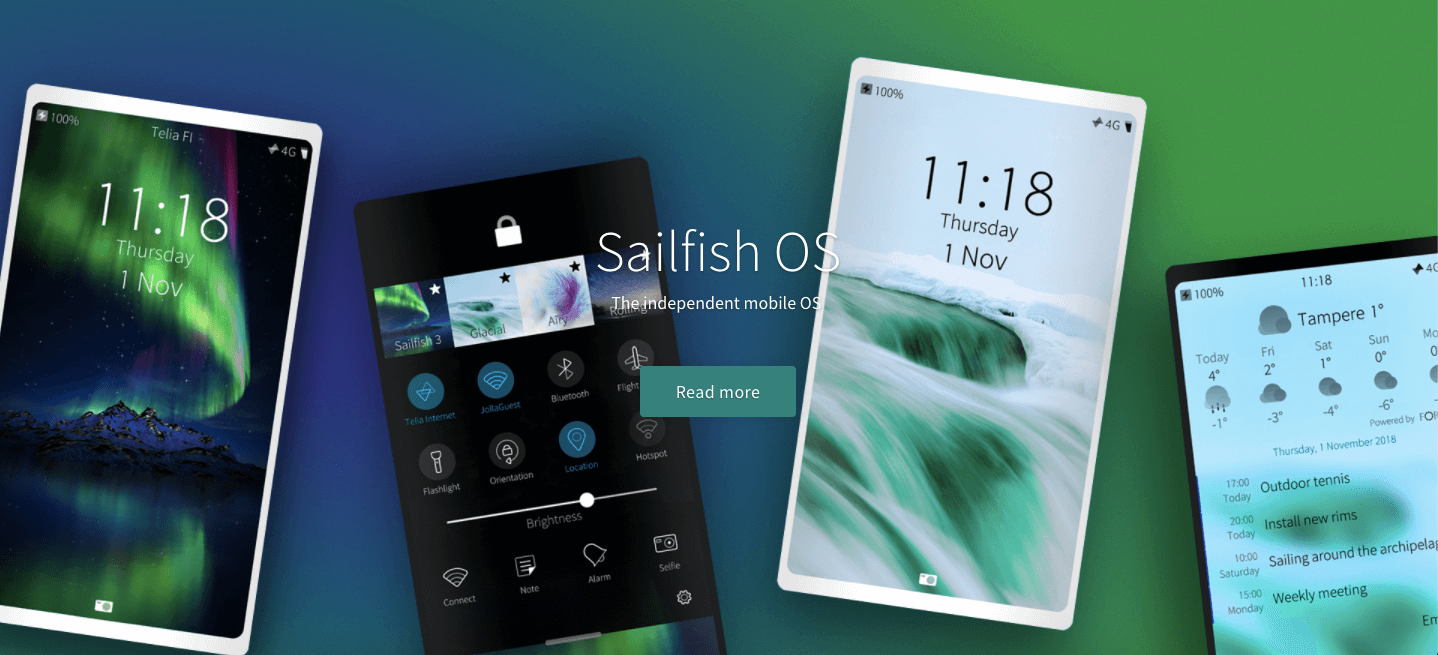
Sailfish OS aka SFOS is another popular mobile OS that runs on Linux. The OS is originally developed by Jolla, and shipped with Jolla smartphones and tablets. Jolla smartphones, on the other hand, is currently used by government officials in Europe.
The OS is super secure and it also comes with a regional licensing model, allowing for all kinds of mobile payments and banking transactions. Also, as a bonus, Sailfish OS is compatible with any Android system, contributing to its flexibility and reliability.
Key features of Sailfish OS
- Ultra-secure
- Reliable
- Used by government officials
- Compatible to Android
Visit Sailfishos.org
8. Plasma OS
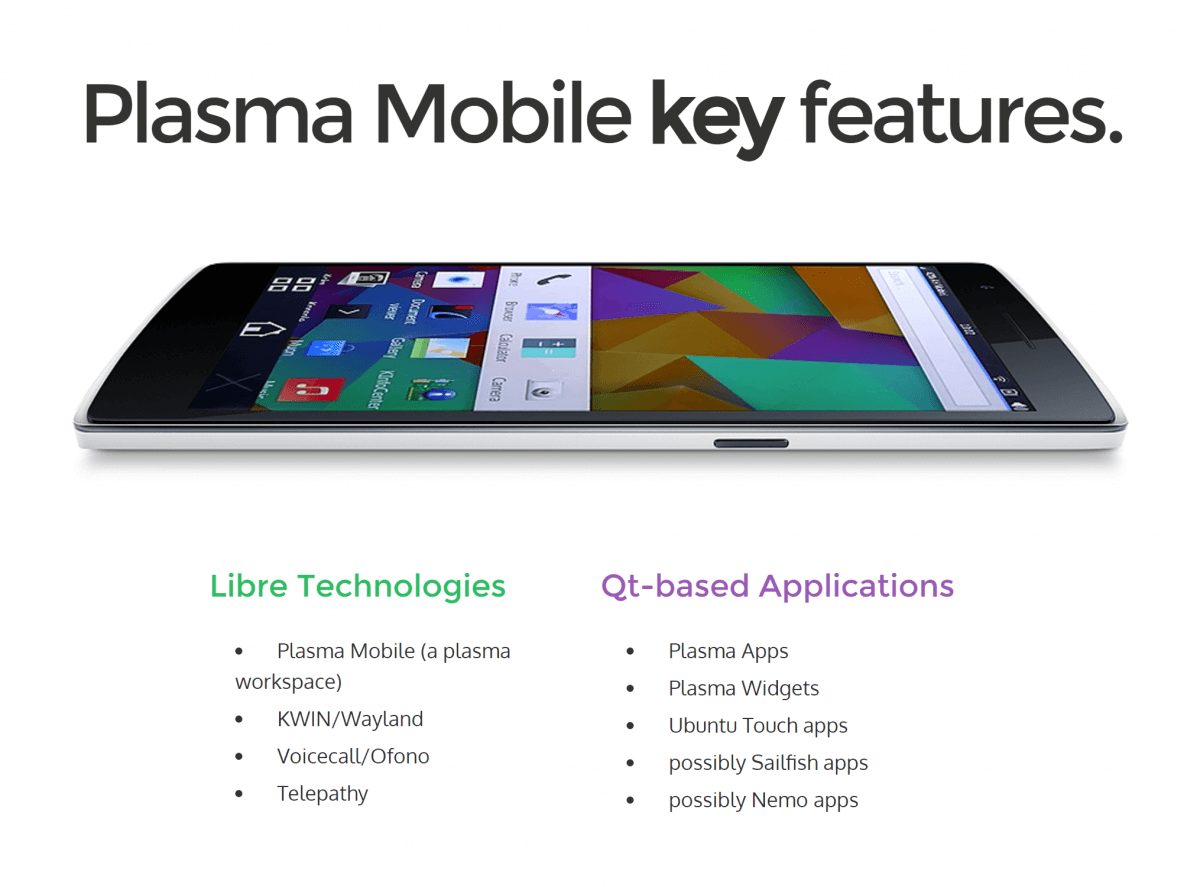
Plasma OS was initially released in 2011 and runs on the Linux operating system, nicely. The OS allows full customization, making it a hackable device, as claimed by developers. The operating system runs on the KDE Plasma operating system, and currently running on KDE Plasma 4.
At last, the OS was made targeting low-end devices with less than 1GB RAM. Rest, the widgets in this OS allows the user to enjoy Telepathy (an interpersonal communication application that allows voice over IP), instant messaging, and videoconferencing.
Key features of Plasma OS:
- Great UI
- Feature-rich
- Lightweight
- Compatible to Android
Visit Plasma-mobile.org
9. Postmarket OS

Postmarket OS is a recent player in the mobile OS market. The OS was initially introduced in 2017 for free and is based on the Alpine Linux operating system, an open-source community. Many experts consider this as a revolutionary alternative to Android, and just after the launch, there’s a line of constant updates.
These constant updates ensure its upcoming dominance and existence. Also, as it uses the mainline Linux kernel, the OS is super secure and avoids any risks of security exploitations.
Key features of Postmarket OS
- Nice UI
- Secure
- Capabilities to run different user interfaces
- Reliable
Visit: Postmarketos.org
10. Pure OS
Last but not least, Pure OS is another very popular GNU/Linux distribution focusing on security and privacy. Its popularity is rising day by day, and soon it’ll be competing against Android. The OS can be found on all Librem smartphones and works on Linux-based smartphones. Since it’s a security-focused and privacy-based operating system, you must consider this as a strong alternative to Android.
Key features of Pure OS
- Secure
- Decent UI
- Reliable
- Privacy-oriented
Visit Pureos.net
11. GrapheneOS
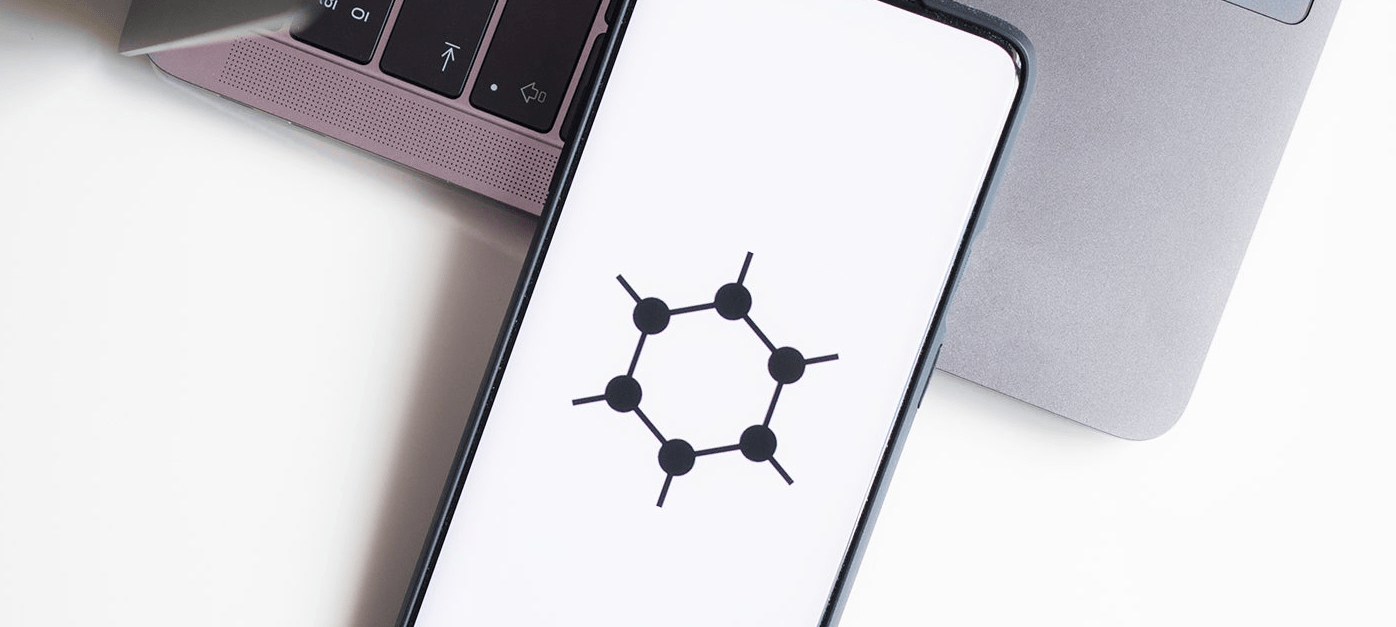 GrapheneOS is an open-source privacy-focused mobile operating system. It focuses mainly on privacy and security Technology. GrapheneOS offers Android app compatibility and develops various apps and services using security as a benchmark.
GrapheneOS is an open-source privacy-focused mobile operating system. It focuses mainly on privacy and security Technology. GrapheneOS offers Android app compatibility and develops various apps and services using security as a benchmark.
Key features of GrapheneOS:
- Hardened app run time
- Stronger app sandbox
- Compatible with Android
- Secure
Visit grapheneos.org
12. CalyxOS
 CalyxOS is also an Android-based operating system that heavily focuses on privacy and security. It is one of the best options available as a Google-free operating system with regular system updates. However, there is nothing unique about it except its Android without Google.
CalyxOS is also an Android-based operating system that heavily focuses on privacy and security. It is one of the best options available as a Google-free operating system with regular system updates. However, there is nothing unique about it except its Android without Google.
Key features of CalyxOS:
- Limitless functionality
- Device security
- Your backup
- Strong authentication
Visit calyxos.org
Conclusion
So this was all regarding the best mobile OS. As you read, there are plenty of Android alternatives. You can go for any you desire. Every OS has its pros and cons, and we recommend you analyze it properly before making a decision. We hope that you liked our article.
If you've any thoughts on 12 Best Mobile OS Other than Android, then feel free to drop in below comment box. Also, please subscribe to our DigitBin YouTube channel for videos tutorials. Cheers!
